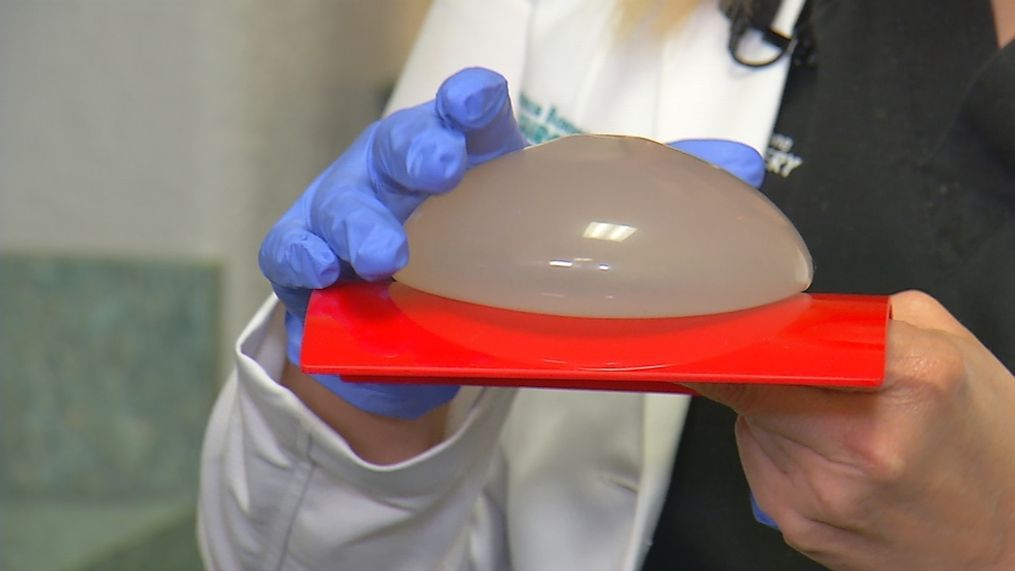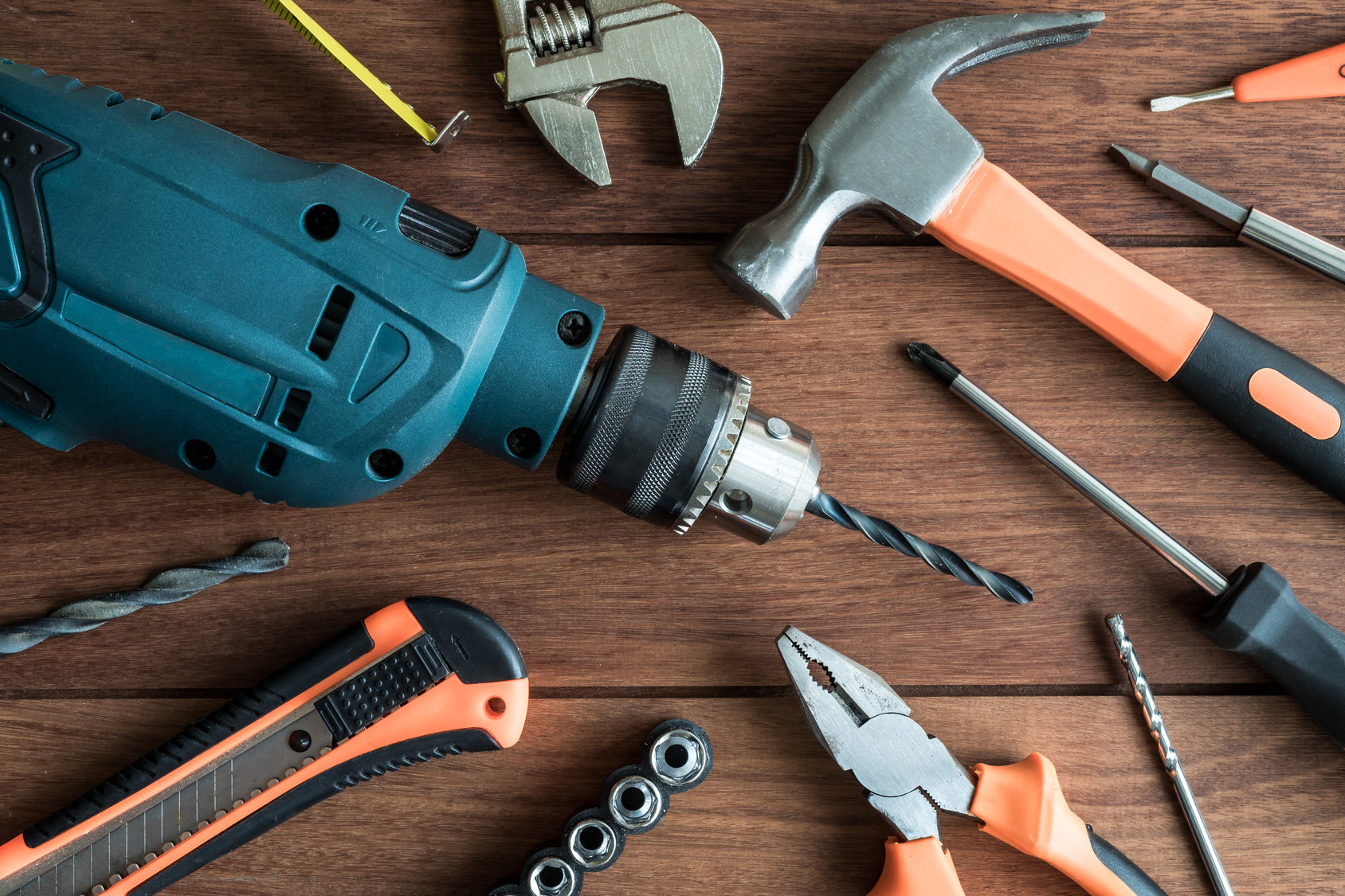Breast augmentation has evolved significantly in recent years, with technological advancements improving both safety and results. Innovations in imaging, surgical techniques, and implant materials have given patients better options and increased confidence in the procedure. These developments allow for more precise planning, faster recovery times, and reduced risks.
Table of Contents
Safer Anesthesia and Recovery Practices
Advancements in anesthesia have also improved patient safety. Modern anesthesia techniques are tailored to individual needs, reducing the risk of complications and ensuring a smoother recovery. Additionally, enhanced recovery protocols, such as multimodal pain management, help patients experience less discomfort and return to their daily activities sooner.
For those considering breast augmentation, these technological advancements have made the procedure safer and more effective than ever. Consulting with an experienced surgeon like Dr. Iteld can help patients explore the best options tailored to their goals and ensure optimal results.
3D Imaging for Personalized Results
One of the most groundbreaking advancements in breast augmentation is the implementation of 3D imaging technology. Previously, conventional techniques depended on general measurements and patient descriptions, which occasionally resulted in unanticipated outcomes. Currently, 3D imaging enables surgeons to construct a digital representation of a patient’s body and visualize how various implant sizes and shapes will appear. This provides patients with a realistic preview of their results, ensuring they can make well-informed choices before undergoing surgery.
Advanced Implant Materials
The materials used in breast implants have also improved significantly. New generations of silicone implants are designed to feel more natural while maintaining durability. Highly cohesive silicone gel implants, often referred to as “gummy bear” implants, retain their shape better than earlier versions, reducing the risk of leakage or rupture. Additionally, structured saline implants offer a more natural feel compared to traditional saline options, providing patients with a wider range of choices to match their aesthetic goals.
Minimally Invasive Surgical Techniques
Surgical advancements have made breast augmentation procedures less invasive, leading to reduced scarring and shorter recovery times. Techniques such as the Keller Funnel allow for a “no-touch” implant placement, lowering the risk of infection and improving precision. Endoscopic breast augmentation is another innovation that enables surgeons to make smaller incisions while achieving the same aesthetic results. These refinements minimize trauma to surrounding tissues, resulting in less post-surgical discomfort and faster healing.
Fat Transfer for Natural Enhancement
For those seeking a more subtle enhancement, fat transfer breast augmentation has emerged as a safer and more natural alternative to implants. This method involves liposuction to remove fat from another area of the body, which is then purified and injected into the breasts. The procedure eliminates risks associated with implants, such as rupture or capsular contracture, while also contouring other areas of the body.
AI and Robotics in Breast Surgery
Artificial intelligence (AI) and robotics are making surgical procedures more precise than ever before. AI-powered software helps surgeons analyze patient data and create customized surgical plans, leading to better symmetry and overall outcomes. Some robotic-assisted techniques allow for enhanced precision during incisions and implant placement, reducing the likelihood of complications.
Conclusion
The evolution of technology in breast augmentation has transformed the procedure, making it safer, more precise, and customizable. With innovations like 3D imaging, advanced implants, minimally invasive techniques, and AI-driven surgical planning, patients can now access enhanced options that lead to better outcomes. As these advancements continue, the future of breast augmentation will likely offer even greater improvements in safety, recovery, and overall satisfaction.



